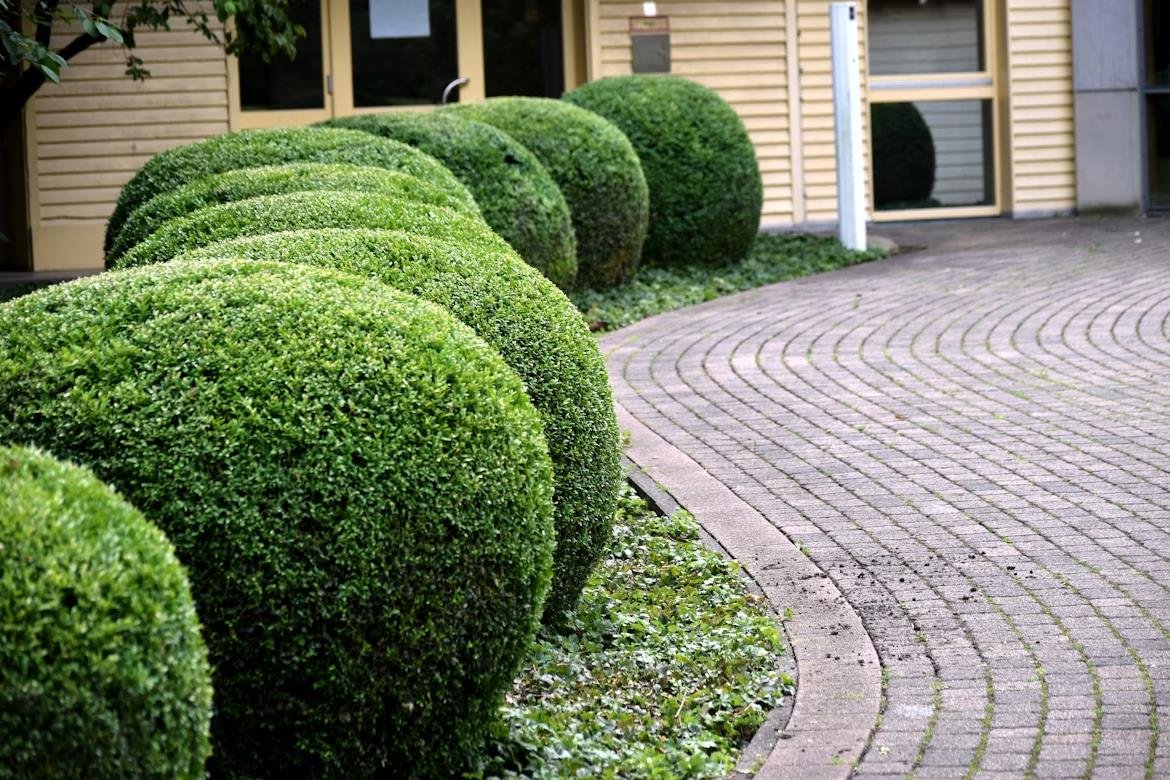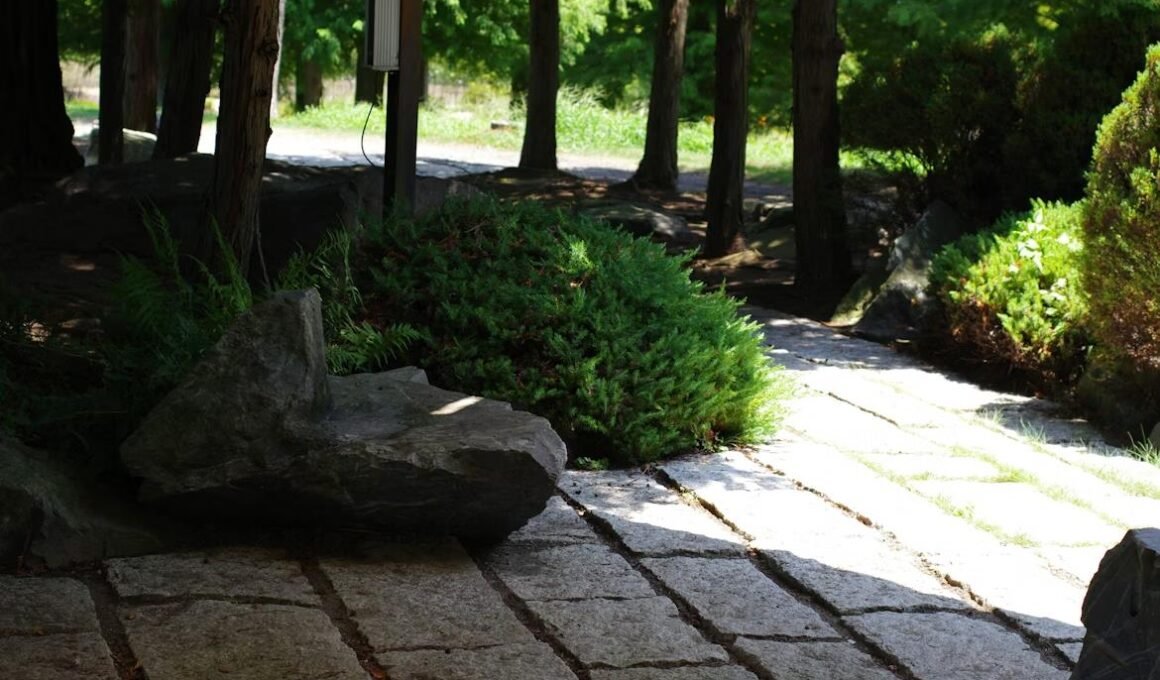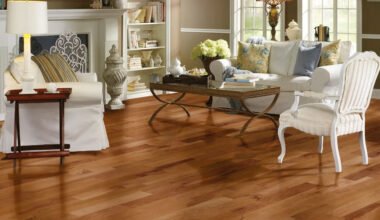When planning an outdoor hardscaping project, homeowners and contractors often face a crucial question: what material should be used—natural stone or concrete pavers? Both options offer durability, aesthetic appeal, and long-term value, but they differ significantly in cost, installation process, and maintenance requirements. Evaluating these key points is crucial for selecting the material that aligns with your cost expectations and project goals.
Natural Stone Costs More Overall
In most cases, choosing natural stone will require a larger budget than opting for pavers. The higher cost is due to the sourcing, processing, and installation of the material. Natural stone must be quarried, cut, and transported, which adds significantly to its price. Depending on the type—such as slate, flagstone, or limestone—prices can vary widely but often start at a higher baseline than pavers.
Installation costs for natural stone are also higher. Due to its irregular shapes and sizes, more labor is required to fit the pieces together like a puzzle. Specialized tools and skilled labor are typically needed, contributing to increased labor expenses. In areas with a growing demand for upscale outdoor spaces, such as natural stone landscaping in Toronto, these additional costs are often weighed against the aesthetic and resale value benefits.
Material Quality Affects Pricing
The quality and origin of the material significantly impact the overall cost. High-end natural stone, especially when imported, can increase project expenses due to shipping and handling fees. Exceptional durability and visual character make stones like granite and bluestone a more expensive choice.
However, not all natural stone is inherently expensive. Local or regionally sourced stone may offer a more affordable option while still delivering a natural look. In these cases, the price gap between stone and pavers narrows.
Pavers also come in a variety of quality levels. Basic concrete pavers are among the most affordable materials available; however, premium versions are also available that mimic the look of natural stone. While these high-end pavers may cost more than entry-level options, they generally still come in under the price of genuine stone, especially when factoring in installation costs.

Labor Demands Influence Cost
The complexity of labor is another key driver in cost comparison. Natural stone installations often require experienced professionals to manage the irregularities in shape and thickness. Each piece may need to be custom-fitted, leveled, and adjusted to ensure proper drainage and pattern continuity. This meticulous process demands more time and precision.
Pavers, on the other hand, are easier to handle. Their consistent size and weight make them more manageable for installers, reducing labor time and effort. Many landscaping companies can complete a paver installation in a shorter timeframe, resulting in lower overall labor costs.
Moreover, repairs and replacements are simpler with pavers. If a single paver is damaged, it can be swapped out without disrupting the entire surface. With natural stone, replacing a piece often involves more effort and may require matching hard-to-find stones—another potential cost consideration.
Maintenance Plays a Role
Long-term maintenance should also be considered when comparing the costs of natural stone and pavers. Natural stone surfaces can be more porous, making them susceptible to staining and weather damage. Regular sealing may be required to maintain their appearance and integrity, especially in areas with freeze-thaw cycles.
Pavers are typically designed to resist the elements. Many are manufactured with surface treatments that reduce water absorption, staining, and weed growth between joints. While they also benefit from occasional maintenance, such as power washing or resealing, the ongoing upkeep is generally less intensive than natural stone.
In the long run, the cumulative maintenance costs for natural stone may exceed those of pavers, further contributing to its higher lifetime expense.
Design Flexibility Impacts Choice
Design goals can also influence the material selection and its overall cost. Natural stone offers a unique, organic aesthetic that is difficult to replicate. Each piece has its unique texture, color variation, and shape, appealing to those seeking a natural or rustic aesthetic. However, achieving a specific layout or pattern with stone can be more time-consuming and expensive.
Pavers provide greater flexibility for patterned installations such as herringbone, basketweave, or running bond. Their uniformity allows for precision in layout and often requires fewer adjustments. Some paver styles are crafted to resemble natural stone, offering cost-effective alternatives that provide design flexibility.
The Bottom Line
Natural stone typically carries a higher price, but decisions should also consider the material’s origin, installation demands, aesthetic priorities, and upkeep requirements. If budget is the primary concern, pavers offer a cost-effective and durable solution.
On the other hand, if the goal is a unique and timeless look, the investment in natural stone may be justified. Ultimately, both options provide excellent value in the right context. Homeowners should weigh upfront costs against desired aesthetics, longevity, and long-term upkeep before making a final decision.



